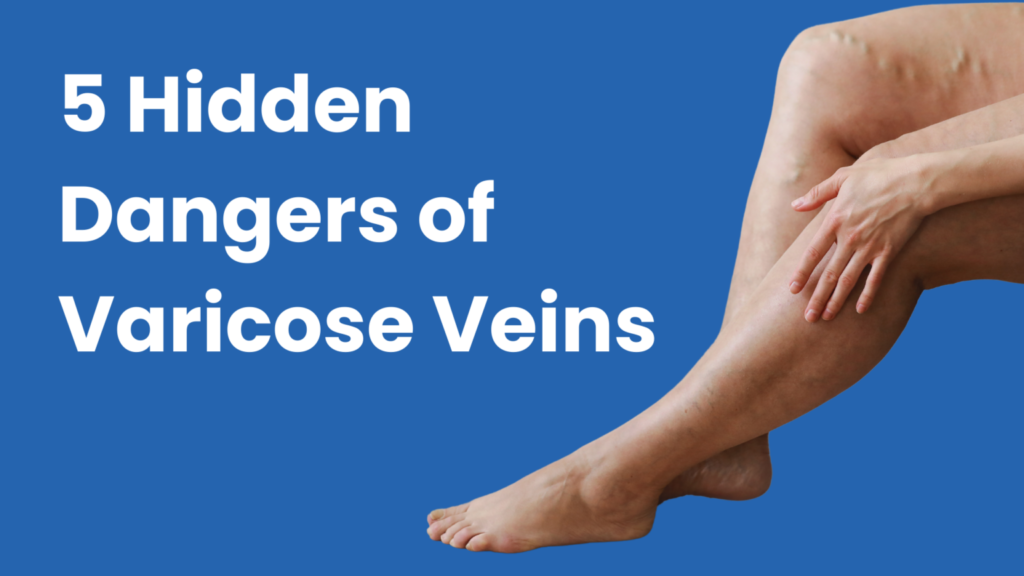You want to sleep, you need to sleep, but unpleasant sensations in your legs have you tossing and turning all night. Called restless legs syndrome, this condition is one of the more common sleep disorders in the United States, affecting 5-10% of adults and 2-4% of children.
If you want to get a good night’s rest, the Soffer Health Institute can help. Under the direction of Dr. Ariel Soffer, who is board-certified in cardiovascular disease and internal medicine, our team helps patients with conditions like restless legs syndrome (RLS) find the relief they need.
Let’s take a closer look at restless legs syndrome and what your treatment options include.
Restless legs syndrome at a glance
Also called Willis-Ekbom disease, RLS is a condition in which you experience unpleasant sensations or discomfort in your legs that causes you to move your legs. The reason why RLS is considered a sleep disorder is because it typically strikes at night, though it can occur any time you’re inactive for long periods.
It’s important to note, however, that RLS is also a neurological sensory disorder, as it stems from your brain and central nervous system.
RLS tends to affect women more than men and typically develops after the age of 45, though it can affect younger people and even children. The severity of RLS also varies from one person to the next. Some people only experience symptoms once or twice a month while others struggle with RLS almost every night.
The symptoms of restless legs syndrome are difficult to pin down, but our patients often describe the sensations as:
- Tickling
- Creeping
- Itching
- Throbbing
- Aching
- Pulling
The sensations are uncomfortable enough that they’re often accompanied by the uncontrollable urge to move your legs, which temporarily relieves the unpleasant sensations. Unfortunately, once your legs are still again, the sensations return.
For obvious reasons, RLS leads to daytime sleepiness and fatigue, which can impair your ability to function normally throughout the day.
Uncovering the causes of restless legs syndrome
As we mentioned, RLS is a neurological disorder, and we’re only beginning to understand what causes the problem. For starters, data shows that RLS can be inherited. As well, low levels of iron in your brain are also linked to RLS.
Emerging research also points to a dysfunction in your basal ganglia — the area of your brain that controls movement — as well as disruption of dopamine pathways. Under normal circumstances, your body produces dopamine, a chemical messenger which facilitates smooth and voluntary movement.
Treating restless legs syndrome
After thoroughly reviewing your symptoms and your health, our team comes up with an appropriate treatment plan. There’s no single cure for RLS, but there are effective ways we can manage the problem so that you can get the sleep you need.
For example, if we discover an iron deficiency, we ensure that your iron levels are brought up through supplements.
We also work with you on some lifestyle changes, which can go a long way toward relieving the symptoms of RLS. As examples, dietary changes, exercise, and relaxation techniques can all help in managing your RLS.
Since there’s no one-size-fits-all solution for RLS, we tailor your treatment plan to your unique needs and circumstances.
If you want to finally get a good night’s rest, the first step is to contact one of our offices in Aventura, or Weston, Florida, to set up a consultation, which we can also do virtually if you prefer.



